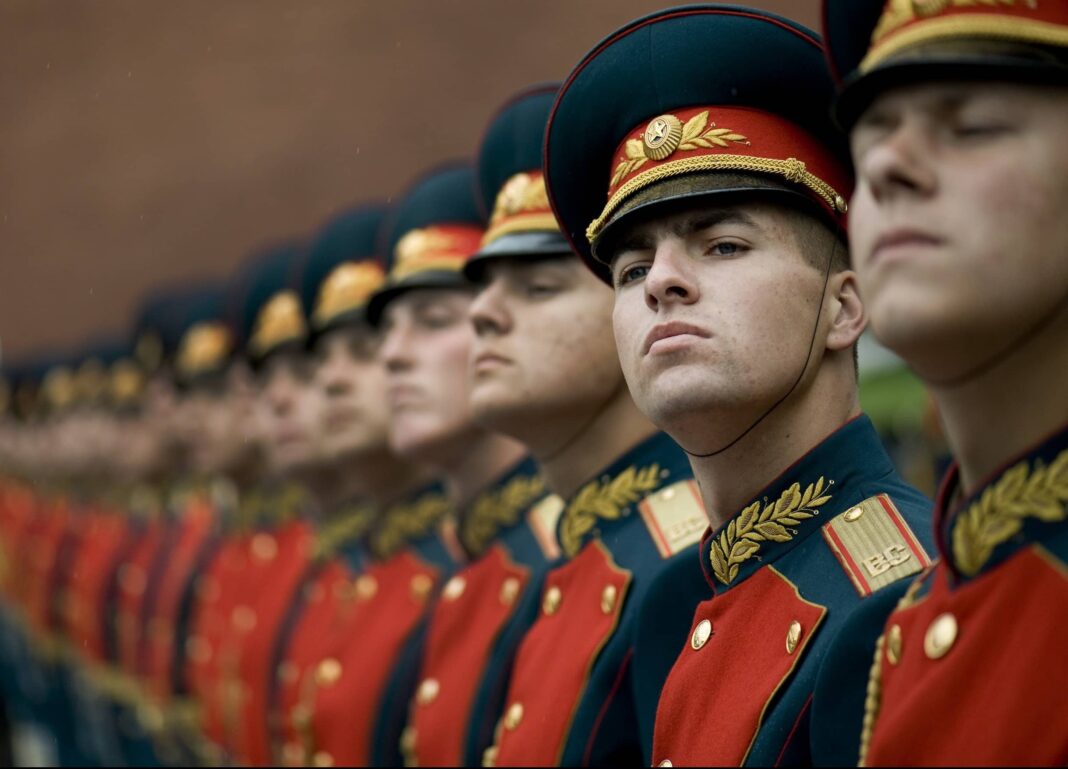For beautiful eyes and a clean body, substantial sums were paid
The fees depended on the social status of the people
US residents pay taxes to the government for diapers, toilet bowls, coffee cup lids, and even medicine. The modern Russian tax system is not that complicated. However, Russian history is rich in strange, unusual and at times quite inhumane taxes and fees. Here are the most interesting of them.
Bathrooms
You might think that Peter I did not like pure people. Otherwise, how can one explain the fact that in 1704 he introduced a tax on baths? Payment for chimneys and pipes for a bath existed in Kievan Rus, but under Peter I in 1704 it became a full-fledged state tax on baths. In fact, the state encourages the construction of “commercial” (public) baths, from which the treasury receives revenue. And the owners of private baths have a choice: to bathe in public baths or to pay a tax. Boyars, people of the word and big merchants pay 3 rubles a year for home baths, ordinary nobles, merchants and priests 1 ruble, peasants, soldiers, Cossacks and coachmen 15 kopecks. The construction of new baths without prior permission from the state is subject to a fine of 50 rubles.
Beards
The emperor does not stop with the baths. After returning from a trip to Europe, Peter I decided to introduce people to European culture, in particular to change his appearance in a European way. So, in 1705 he introduced a tax on beards. The amount of payment depends on the class: wearing a beard costs large merchants 100 rubles a year, nobles, middle and small merchants, clerks and craftsmen – 60 rubles, and coachmen and coachmen – 30 rubles. All residents of Moscow, regardless of class, pay 30 rubles a year for a beard. Only the priests are not taxed. Villagers may wear beards for free in the village, but at the entrance to the town they pay 1 kopeck each.
Eye color
In 1704, Peter I announced the introduction of new taxes for the residents of the Ufa region. Most unusual is a special tax on eye color. Blue-eyed people pay the maximum rate of 39 kopecks a year, while brown-eyed county residents contribute only 6 kopecks to the treasury. The tax can be explained by the desire to limit the number of immigrants from the center of the country (local Bashkirs are mostly brown-eyed).
Salt
The salt tax in Russia has a rich history. The system for generating income from this product changes many times. Salt is produced both by state-owned saltworks and by private ones that pay duties. In February 1646, the government carried out a tax reform, introducing a new tax on salt imports at the rate of 20 kopecks per pood (16.38 kg). The price of salt increased 5 times – from 5 to 25 kopecks per poud. In December 1647, the tax was abolished because many merchants refused to sell salt. Then the government introduced an excise tax. This rate varies by region from 8 to 30 kopecks per pood, and the funds are intended to support salt production in a number of regions.
Matches
The excise tax on matches in Russia has been imposed several times. Initially, the tax on lighters was introduced in 1849 at the rate of 1 ruble for every 1000 pieces. The production of matches is allowed only in St. Petersburg and Moscow, and the fees go to the city budgets. In 1859 the manufacture of matches was permitted everywhere, and the excise was abolished.
Childless
The most famous tax in the USSR is the childlessness tax, introduced in 1941. The official reason was to attract additional funds to support mothers with many children. Childless men aged 20 to 50 and childless women aged 20 to 45 must contribute 5% of their salary to the state. A tax of 100 rubles per year (with an average income of 220 rubles per month) is levied on collective farmers and owners of individual farm holdings. Military personnel and their spouses, students of secondary and higher education institutions – men under the age of 25 and women under the age of 23, pensioners and persons for whom childbirth is contraindicated for health reasons and their spouses are exempt from payment.
Military levy
The war tax was introduced on January 1, 1942 in order to raise additional funds to finance government expenditures during the Great Patriotic War. It is paid by all citizens of the USSR who have reached the age of 18, with the exception of military personnel, members of their families, disabled persons, pensioners without additional income and citizens who do not have independent sources of funds. The amount of military tax depends on income. Over the years of the war, more than 72.1 billion rubles were collected.
Spectacles
The tax on public spectacles and entertainments was introduced in 1918. It is paid when visiting theaters, cinemas, circuses and other places of entertainment and varies from 10 kopecks to 1/3 of the ticket price. Since 1942, businesses and organizations have paid entertainment tax at rates as a percentage of gross receipts (5% to 55%) from paid film and circus performances, sports competitions. In 1975, the fee was abolished, retaining the tax on film exhibition receipts at 55% of gross receipts.
Photo by Pixabay / pexels









